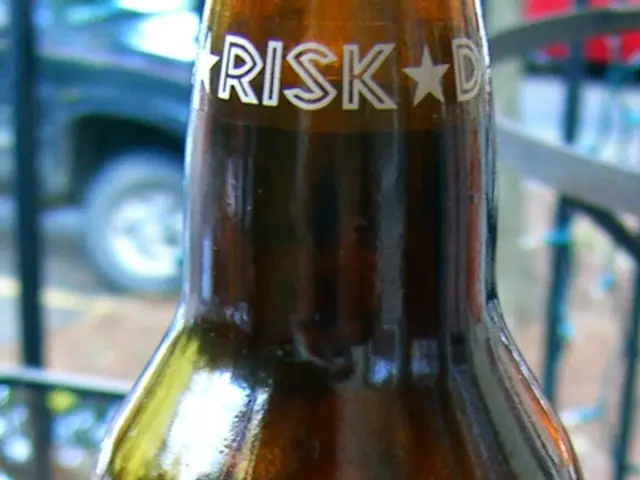Authorities Scrutinize Border Text Messages for Secret Coded Communications
The United States Customs and Border Protection (CBP) is actively seeking to develop an advanced digital forensics tool to analyze data from seized phones and computers at U.S. borders. This initiative responds to a significant rise in device searches, with over 41,500 devices being searched in 2023, up from 8,500 in 2015[1].
The CBP is looking for a tool that can ingest multiple file types, including text, images, videos, contacts, and audio files. It should also be capable of identifying hidden language or coded terms in text messages and communications, and of recognising patterns across multiple data sources[2]. This AI-powered capability is expected to help the agency uncover hidden patterns and coded communication in seized devices, thereby enhancing border security intelligence operations.
The tool should expedite data analysis to improve decision-making during enforcement actions at the border. CBP plans to compare data extracted from different devices or other sources, enhancing their forensic analytics across seized electronic data[2]. The agency is currently in the early stages of enquiry, with a submission deadline of July 10, 2025, and formal invitations to bid are expected to follow later[2].
The development of such a tool fits within CBP’s broader mandate, given the increasing volume and complexity of border device searches. Advanced forensic tools enable CBP to conduct deeper searches beyond basic manual reviews, potentially involving copying and analyzing data to uncover intelligence relevant to border security[3].
This move also aligns with technology delivery seen recently for related agencies, such as a digital forensic tool delivered earlier in 2025 to U.S. Immigration and Customs Enforcement (ICE), highlighting an ongoing modernization effort across federal border and immigration enforcement agencies[4].
Travelers have resorted to using burner phones when entering the U.S. to avoid device searches at the border. The CBP is open to considering new digital forensic tools from other vendors if they offer a more powerful solution[1]. The new digital forensic system is expected to be operational in 2027.
References: [1] Wired - https://www.wired.com/story/cbp-seeks-digital-forensics-tool-to-analyze-seized-phones/ [2] Federal Business Opportunities - https://www.fbo.gov/spg/DHS/CBP/OFO/DHS-20-TQ-CBP-0009/listing.html [3] CBP - https://www.cbp.gov/newsroom/national-media-release/cbp-seeks-digital-forensic-tool-process-data-seized-devices [4] Nextgov - https://www.nextgov.com/emerging-tech/2020/06/ice-seeks-digital-forensics-tool-extract-data-mobile-devices/165618/
- The AI-powered digital forensics tool being sought by the CBP will not only analyze data from seized phones and computers, but also identify hidden language or coded terms in text messages and communications, enhancing border security intelligence operations in the future.
- By 2027, the CBP hopes to have a new digital forensic system operational, which will enable deeper searches beyond basic manual reviews and potentially uncover intelligence relevant to border security.
- The development of this tool is part of a broader mandate for CBP, as the increasing volume and complexity of border device searches necessitate advanced forensic tools for more efficient analysis and decision-making.
- CBP's move to procure this digital forensics tool follows similar technology delivery seen for other related agencies, like the digital forensic tool delivered to U.S. Immigration and Customs Enforcement (ICE) in 2025, signifying an ongoing modernization effort across federal border and immigration enforcement agencies.




